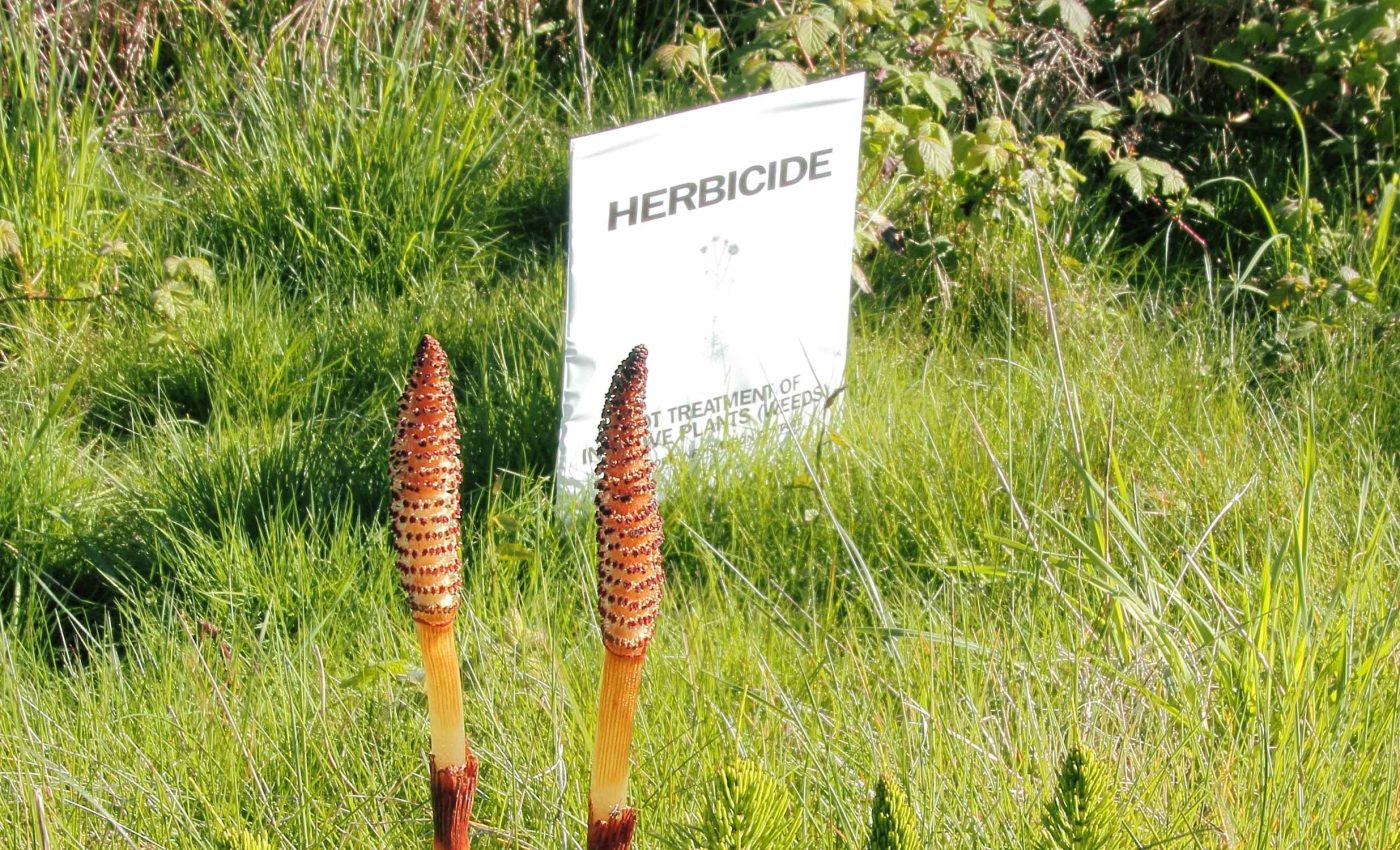
Scientists discover a plant capable of killing weeds by itself, no chemicals needed
Japanese researchers report a single natural compound from Manchurian walnut plants that can halt seedling growth. The find points to a new kind of bioherbicide that aims to control weeds while cutting synthetic spray use to save wanted plants and maintain yield.
The team isolated the molecule and showed that it disrupts early plant development in controlled soil tests. The work centers on one compound rather than a mix, representing a different approach from using multiple plant extracts that act like a stew.
Plants don’t grow near walnut trees
The work was led by Seiichi Sakamoto, associate professor at Kyushu University (KU). His research focuses on plant bioactive compounds and how they shape growth in surrounding species.
For decades, gardeners have noticed that few plants thrive near walnut trees. The effect comes from allelopathy, the release of natural chemicals that hinder the growth of nearby plants, often by stunting roots or shoots.
The usual molecular suspect in walnut allelopathy is juglone, especially around black walnut trees. Extension experts document that the toxic zone around a mature tree can reach 50 to 80 feet (15 to 25 meters).
Manchurian walnut (Juglans mandshurica) is also highly effective at keeping rivals at bay. Yet its main allelochemical, a natural compound that suppresses other plants, had not been pinned down.
Walnuts, plants, and bioherbicides
In controlled soil tests, the team separated leaf extracts into fractions and tracked their effect on tobacco seedlings. The setup mimicked a fallen leaf resting on damp soil, an approach chosen to reflect natural conditions.
The active, nonpolar fraction, called the n-hexane fraction, did the most damage to seedling growth. That fraction did not contain juglone at its natural levels, so the team kept narrowing the search.
After repeated purification steps, they landed on a single molecule, 2Z-decaprenol. This was the first time anyone had shown 2Z-decaprenol acting as an allelopathic agent.
The compound cut seedling weight and reduced both shoot and root length in the test system. It also produced a distinct root curling pattern at the soil interface.
How the walnut bioherbicide works
The researchers then turned to transcriptomic analysis, a readout of which genes are active. They exposed Arabidopsis seedlings to 2Z-decaprenol and scanned the gene activity changes.
They found a surge in pathways linked to secondary metabolite production and cell wall changes. These shifts suggest the plants were redirecting resources to reinforce their structure.
At the same time, the team saw suppression in protein processing in the endoplasmic reticulum. Signals tied to jasmonic acid, a plant hormone that coordinates stress defenses, were also dampened.
Taken together, the genetic pattern looks like a double hit. Growth slows as the plant spends energy on reinforcement, while key stress management pathways go quiet.
Why a new bioherbicide is necessary
Modern farming wrestles with weeds that no longer respond to long used herbicides. There are currently 539 unique resistance cases documented worldwide.
A bioherbicide – a weed killer derived from natural sources – that works in soil could fit into integrated weed control. It might be used to lower doses of other products or to rotate modes of action.
If it breaks down readily, it could reduce residue concerns. That would be a practical win for growers looking to meet tighter market or regulatory demands.
The idea here is not a miracle cure. It is another tool that may slow resistance and cut overall synthetic load if field performance holds up.
Safety and scale still ahead
“To develop 2Z-decaprenol into a viable bioherbicide, we must conduct extensive safety and toxicity testing for humans and animals,” said Associate Professor Sakamoto.
Any product derived from this compound would need a clear regulatory path. In the United States, biopesticide program guidance outlines the safety, efficacy, and manufacturing data needed before registration.
Scaling supply is another hurdle. Making enough of a complex natural product at a stable quality takes careful process work.
Finally, field trials must show reliable weed control without harming crops or beneficial species. Soil type, moisture, and timing can make or break performance outside the lab.
Context beyond walnut country
Juglone is famous in backyard lore, but it is not the only plant-made inhibitor at work in nature. Trees, grasses, and even some cover crops release such compounds.
To be useful on farms, a bioherbicide has to be potent at reasonable rates. It also has to be safe for people, livestock, and the crop itself.
Environmental fate matters, too. Rapid breakdown can be a plus for residue but a minus for lasting control.
That is why the current finding is best seen as a foundation. The molecule exists, it acts in soil, and its gene level footprint in plants is now mapped.
The study is published in the Journal of Agricultural and Food Chemistry.
—–
Like what you read? Subscribe to our newsletter for engaging articles, exclusive content, and the latest updates.
Check us out on EarthSnap, a free app brought to you by Eric Ralls and Earth.com.
—–













